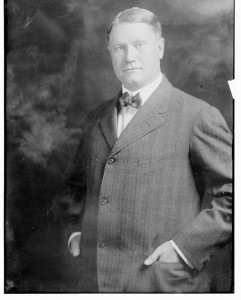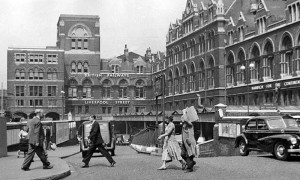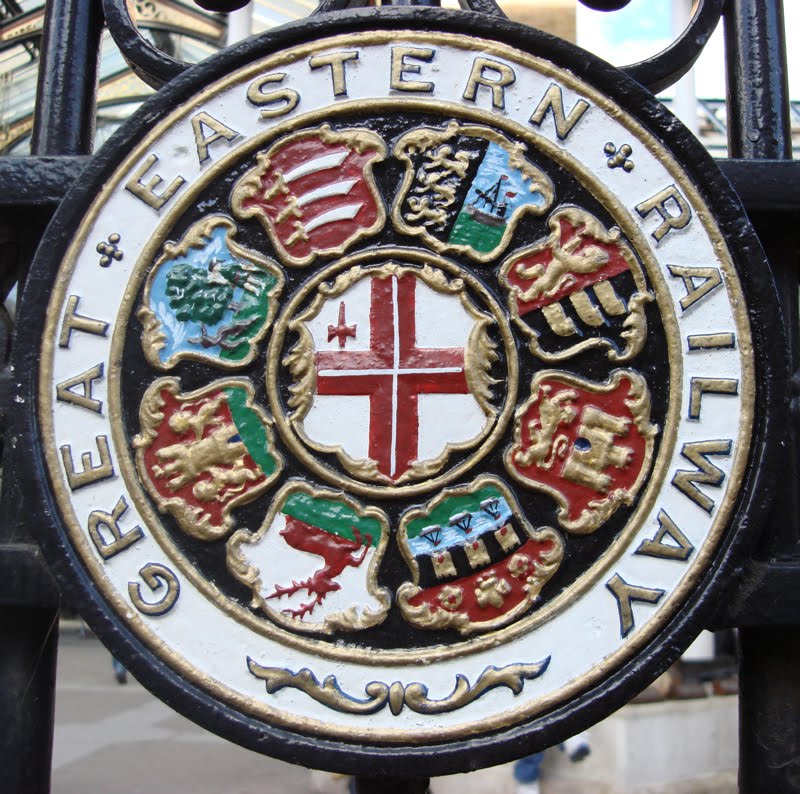Introducing the LSWR and the GER Railways – Part 2!
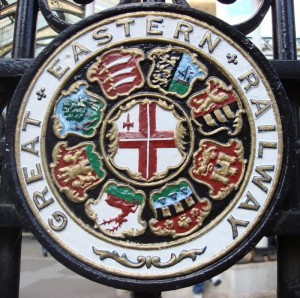
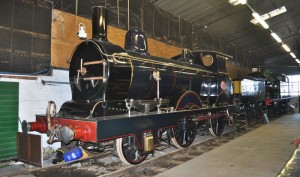 Click on each image for a closer look!
Click on each image for a closer look!
.
Introducing the Great Eastern Railway
.
The Great Eastern Railway (GER) was formed in 1862 from the grouping of numerous small railways serving the eastern part of England. As with the London & South Western Railway, the GER survived to the “Grouping”, when it became a part of the London & North Eastern Railway (LNER), a line which would be famous for its high profile and high speed pacific 4-6-2 locomotives such as “Flying Scotsman” and the world steam speed record holder “Mallard”.
.
The GER also served to connect London with the country, in this case, the area north east of London known as East Anglia, serving cities including Norwich, Cambridge, Ipswich, King’s Lynn and Great Yarmouth. Its main terminal in London at Liverpool Street Station opened in 1874 and continues to service East Anglia today. Modern passengers can travel through on “National Express East Anglia” trains to many of the same destinations served by the GER along the coast of the North Sea in eastern England. The GER served both the very urban northeast suburbs of London, and the very rural East Anglia where the primary role of the line was to transport goods to and from the farms and small communities which dominated the landscape.
.
The GER also has a strong connection to Canada, leading up to the “Grouping” in 1923, the GER General Manager Henry Thornton was not in line to take that same position with the new London & North Eastern Railway. He would leave the GER to become the Chairman of the Board and General Manager of Canadian National Railways, a post he held from 1922 to 1932.
.
In the images included here from Wikipedia, we find the shield of the Great Eastern Railway, the Great Eastern Railway T26 steam engine #490, Henry Thornton and Liverpool Street Station.
.
For more on the GER, the LNER Society has a comprehensive history on their website.
.
To read about the actual engine and carriage being used in the production, click here.
.
Posting by Stephen Gardiner
.